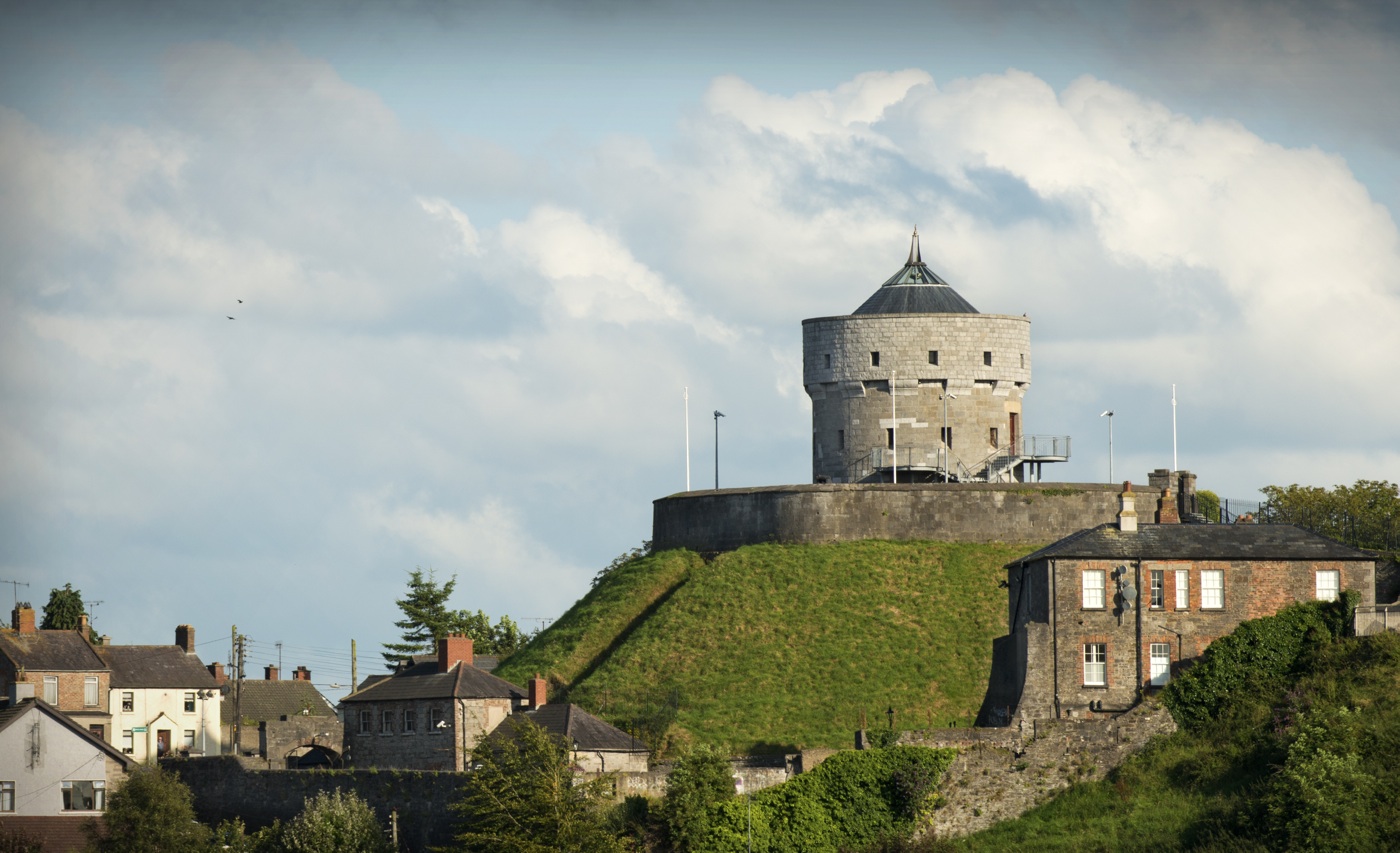 |
||
|
Departure dramas
|
Dublin +Northern Ireland + Galway & Cliffs of Moher Getting out of Dublin airport took almost as long as getting out of Newcastle airport. We werenít sure where the hotel was in Dublin so we caught a taxi instead of a train or bus. |
|
|
Unbeknown to us it was a big sporting weekend in Dublin. Not only were the Gaelic football semifinals on, but also the once-a-year American gridiron exhibition event, with a lot of Yanks on town. That explained why it was hard to find a hotel in the popular Temple Bar part of Dublin CBD. and also why it cost $200 Euro for the night for a twin share bedroom in the Fitzsimons hotel on the edge of the Temple Bar district. Our room was right on top of a night club and it was very noisy, definitely not good for trying to sleep. Luckily I was tired and slept through most of the noise. We moved to another hotel the next night in our 2 night stay in Dublin. right: Liffey River Ė The building with the yellow lights:- where we stayed Ė Fitzsimons Hotel |
 |
|
|
Iím slightly getting ahead of myself here as one of the first things we did after checking in, was to go to the International bar which I went on my last visit to Ireland. This pub although only small and narrow has very good Irish entertainment and a great atmosphere. My travel mate Pete Major knows the singers in this hotel very well as it is his third trip to Dublin in the last four years. One of the singers, Lisa OíNeill, who I met in this pub four years ago has since gone on international tours to the US, Europe & Australia as a support act for the big stars. Pete has got to know her very well. Peteís daughter has sung with her in Ireland as well. After an entertaining couple of hours of Irish music in the pub, we sat with two young couples watching Gaelic football semifinals where Kerry beat Mayo on TV. The locals were explaining the rules to us as the game progressed. They take this football very seriously over here as well as hurling. Hurling had its grand final on the following weekend in Dublin. So with the Gridiron event on as well, which surprisingly drew a good size crowd, and the Gaelic football (two semi-final matches, the other being Donegal versus Dublin), as Bill Lawry would say ďitís all happeningĒ in Dublin. This would explain the high accommodation costs and also we were lucky to get any accommodation at all especially in the Temple Bar area. The next morning, I went for a jog along the Liffey river to get rid of the excesses from the previous night. There sure are a lot of bridges over the Liffey that I came across in my jog. After the jog (and breakfast) I decided to do an organised walking tour around the Dublin city area. It covered the 1916 uprising mainly centred around the Dublin Post Office in OíConnell St. I saw the bullet holes in the pillars of the post office building. The tour guide had been doing the tour nearly everyday for the last 18 years, with only a few days off. You would think he could do it in his sleep. Come to think of it, I did a bit of sleep walking in Dublin myself, but I donít remember much of that walking tour. Later on in the afternoon, we adjourned to the bar downstairs from our hotel accommodation to watch with many locals the second semi final in the Gaelic football where Donegal beat the hot favourites Dublin. Some young local couples were patient enough to explain more rules to us as the game was played. The next day after picking up the hired car, we headed off to the historical town, Drogheda (an hour north of Dublin). A few significant historical things here, these being where St Patrick in 434AD lit a torch on the Hill to signify the arrival of Christianity, Then many centuries, later Oliver Cromwell invaded Ireland (1649AD) & defeated the Irish, slaughtering huge nos of Irish people & finally the battle of the Boyne (1690AD) where King James 2nd (the Catholic) tried to regain his throne by trying to gain Irish support but failed against King William 1st (Billy as he is now remembered by the locals - the Protestant). So heaps of history there. I also had a look at St Laurenceís Gate
built in the 13th century built to fortify the town against invaders. On a less historical note, we couldnít find reverse gear in the hired car when we got to Drogheda (about lunchtime). We didnít need reverse before then. We had to manually push the car backwards in the main street as we tried to find reverse but kept going forward getting close to the car parked in front. Finally worked it out. First point of interest that we checked out was St Peterís Church an impressive building for a city the size of Drogheda. The church contains the preserved head of St. Oliver Plunkett, a bit bizarre and grotesque I reckon. I went on a tour of MillMount (eft), an elevated burial site reputed to be about 3-thousand years old . Itís a steep climb up to the top where there was a museum, and at the top of MillMount you can check out all the historical sites in Drogheda. After all that climbing, I then went to the site where Cromwell was reputed to have slaughtered many thousands of local Irish people. Having worked up a thirst after the very steep climbs, I then went off to find Pete (he didnít go to Mill Mount as it was too steep for his liking) in one of the pubs. Next: Belfast |
||
